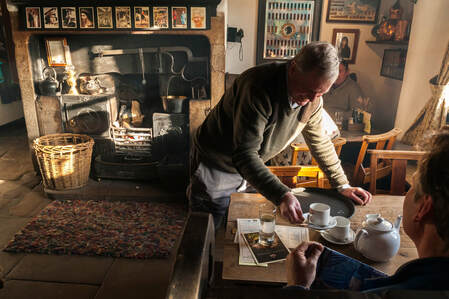
Amid the live music sessions, beer festivals and other regular events, there’s one date in February when this beautiful pub in the heart of Wharfedale near Grassington stages the annual ferret racing championships.
As you step from the traditional flagstone floor bar and into the cruck barn, the quirkiness of the occasion is hard to miss, with a judge in bowler hat and white coat, the pub landlord wearing a farmers’ smock and an array of handlers, young and slightly less young, watching proceedings.
Place a bet with the pop-up bookie who donates all the proceeds to the local fell rescue group and watch the action unfold as the ferrets race along a there-and-back drainpipe loop suspended from the ceiling.
If all the excitement gets too much, it’s easy to retire back into the pub and savour the experience over a meal and locally brewed pint of beer. The event doesn't take place often but draws a crowd from miles away. One year I tweeted about it and it got shared and shared until a Wall Street journalist heard about it, and booked his trip for the following year, leading to this article in the Wall Street Journal!
If you miss out on this year's ferret-racing, it's still worth a wander to the Craven Arms at other times of the year. The pub describes itself as a "little Yorkshire pub with quite a bit more" and that's definitely accurate. It's one of the cosiest and most traditional-feeling in the area, but the Cruck Barn is what makes it truly remarkable.
Cruck framed buildings used to be quite common in the Dales but few remain. In 2006 Robert and David set out to build a barn that looked like it was 500 years old, the first of its kind to be built since Tudor times. They used traditional materials and methods so you'll see the heather thatch, and oak trusswork.
Look at it from the outside behind the main pub building as well as from the inside and you'll marvel at the craftsmanship and attention to detail. They used locally sourced sheeps wool insulation, stone found on site and then plastered using a traditional mixture of lime, sand from the river and horse har for strength. The oak came from nearby trees, which were split to create the distinctive frame of the cruck, upon which the roof rests.
Cosy pub pictures are by Paul Harris

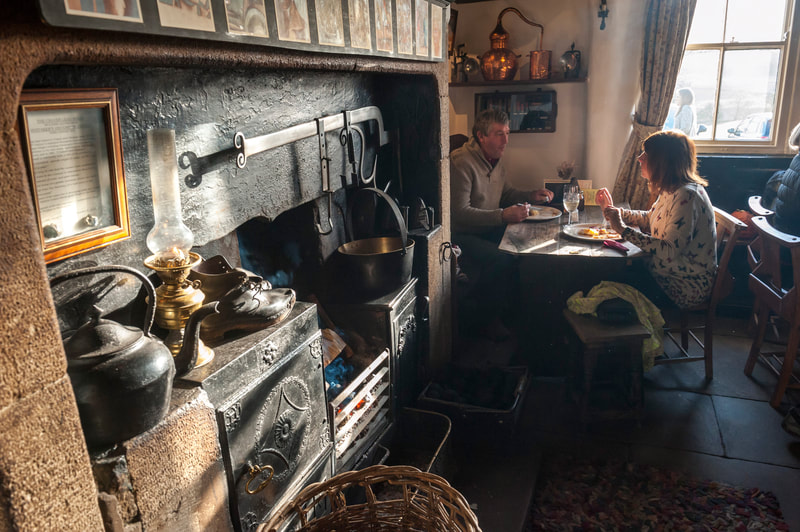
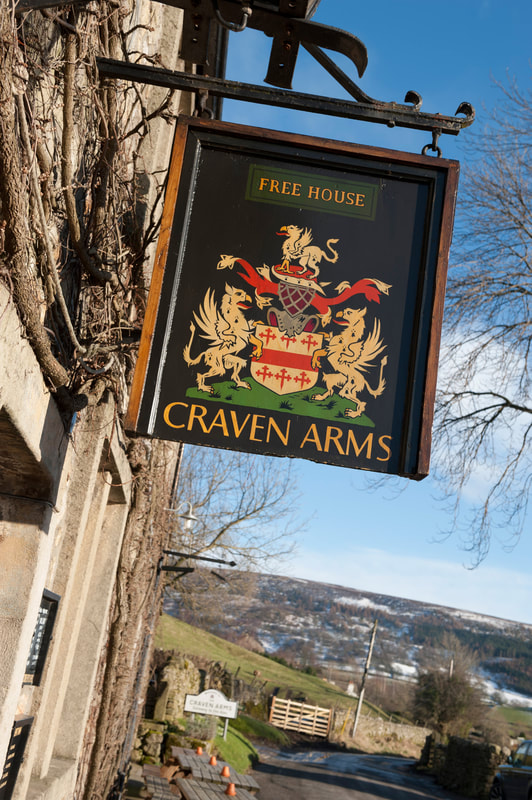
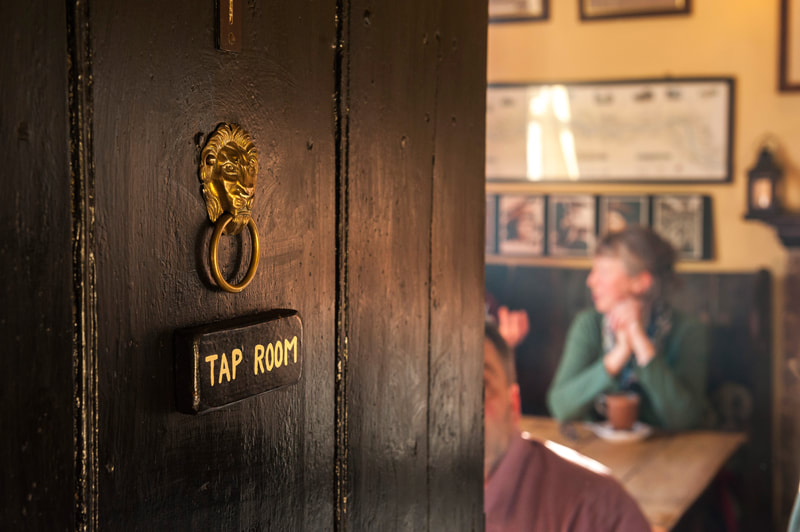
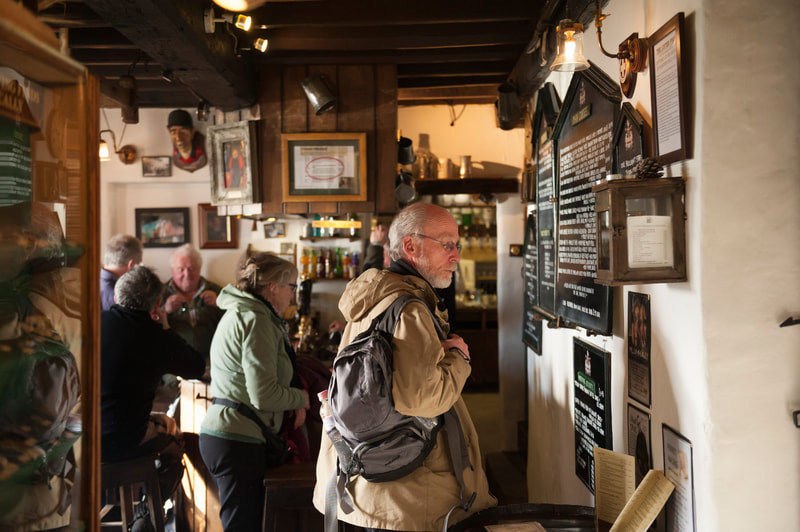
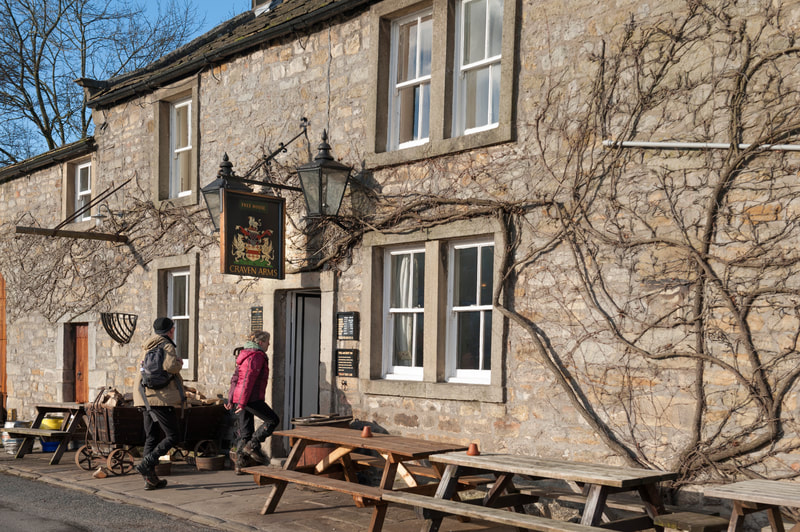
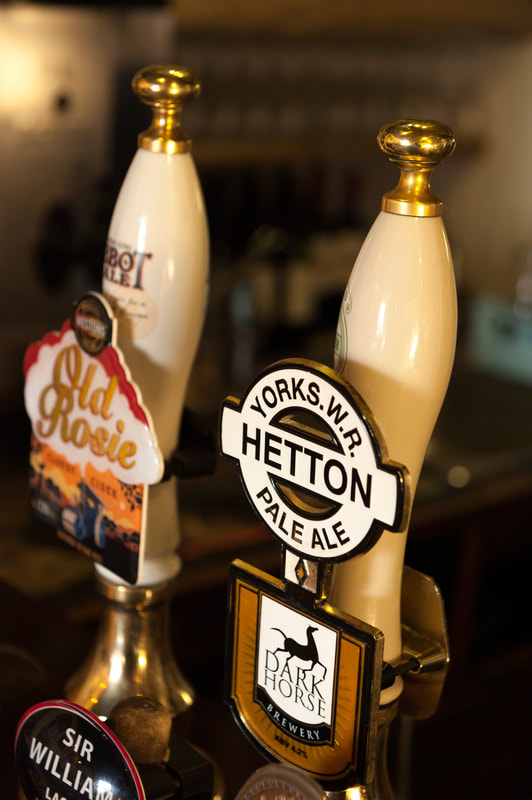
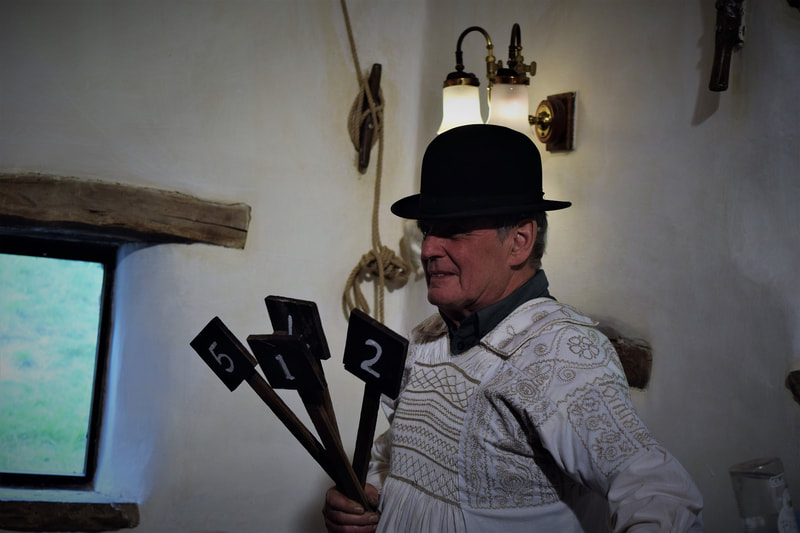
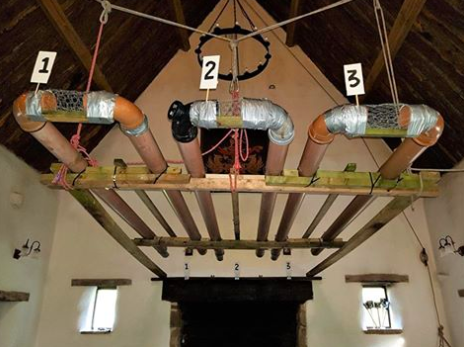
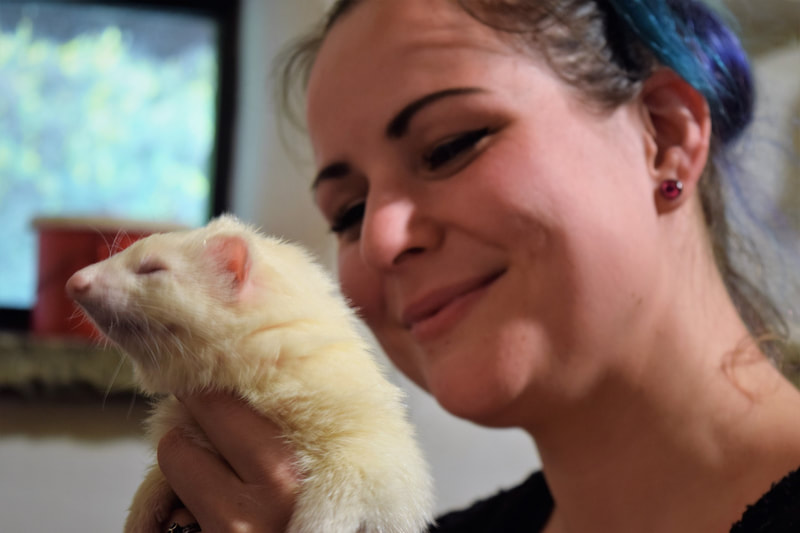
 RSS Feed
RSS Feed
